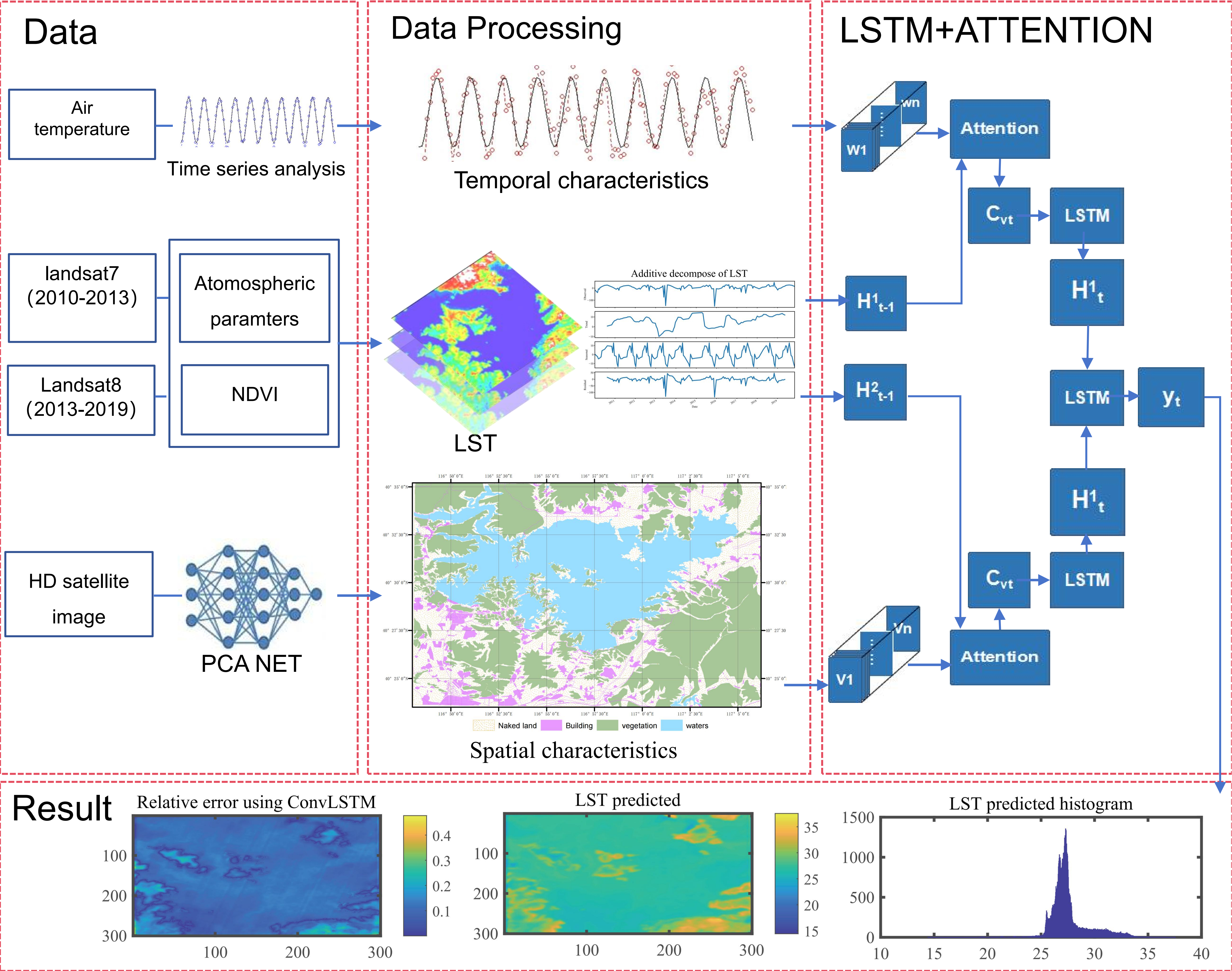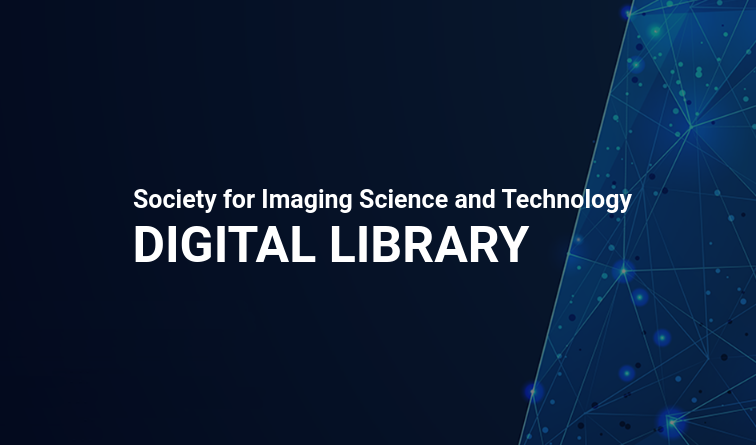
Land surface temperature resources based on satellite remote sensing technology are of great practical significance for urban planning, ecological protection, and sustainable development. However, due to the limitations of satellite observation mode and resolution, it is necessary to further improve the accuracy and integrity of retrieved land surface temperature data through data reconstruction. By using traditional data reconstruction methods such as interpolation, it is difficult to solve the problem of time dependence and spatial heterogeneity. Taking the Miyun Reservoir in Beijing as an example, based on the analysis of temporal and spatial distribution characteristics of surface temperature, this paper proposes a reconstruction method combining multi-data fusion and spatiotemporal bidirectional attention mechanism prediction. First, the time series features of temperature series near meteorological stations are extracted, and the enhanced time series features of the current region are output by the time attention function. Then, a neural network is used to extract more accurate microclimate boundary features from high-definition satellite images, and the spatial attention function is used to output the enhanced image boundary features of the current region. Finally, the enhanced features of the two channels are fused by a Long Short-Term Memory network. The results show the following: (1) the influence of microclimate effect characteristics on the prediction results is obvious, and the prediction results are more stable in the same microclimate characteristics while the prediction results in the microclimate boundary area fluctuate greatly; (2) the spatial attention mechanism has a significant inhibition effect on the outliers of different coverage features, which reflects the data fusion optimization effect of high-precision satellite images. These results indicate that the developed method maximizes the potential of obtaining high-precision continuous surface temperature resources through remote sensing image inversion, which is valuable for the study of microclimate characteristics of urban lakes and sustainable development.

Time-series prediction problems have been effectively solved by deep neural networks lately given their ability to understand temporal characteristics found in time series. In this study, a deep learning-based flood occurrence prediction method is presented for the successful interpretation of weather events and meteorological data with higher accuracy. The proposed model is evaluated on the United States National Climate Data Center (NCDC) dataset, NCDC storm events. Correlation analysis was performed on the meteorological and weather phenomenal parameters for choosing the appropriate parameters. The experimental results show that the model achieves 87.8% accuracy while predicting floods in the United States from the year 2013 to 2019.

To improve the driving safety triggered by driver’s behavior recognition in an in-car environment, we propose to use depth cameras mounted in a car to generate behavior models generated by a deep learning algorithm for a driver’s behavior classification. The contribution of this paper is trifold: 1) The proposed multi-view driver behavior recognition system can handle the occlusion problem happened in one of the cameras; 2) Using the recurrent neural network can effectively recognize the continuous time behavior; 3) the average recognition accuracy of proposed systems can achieve 83% and 88%, respectively.